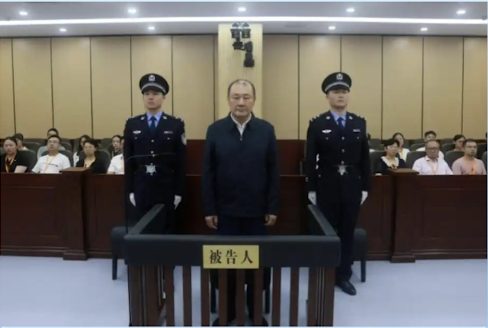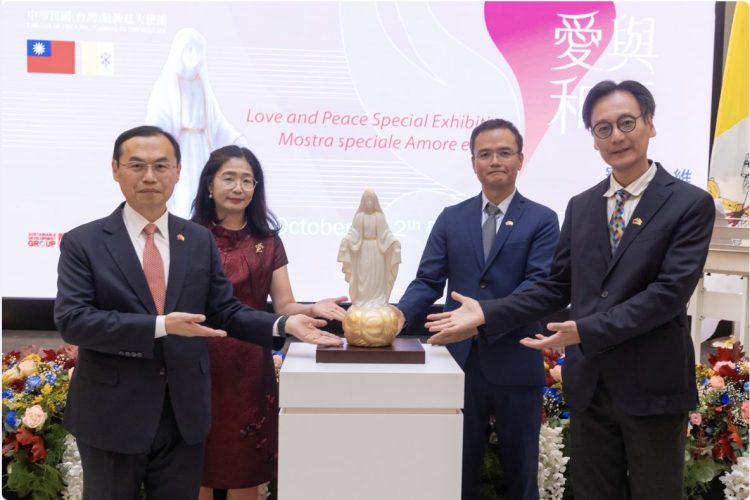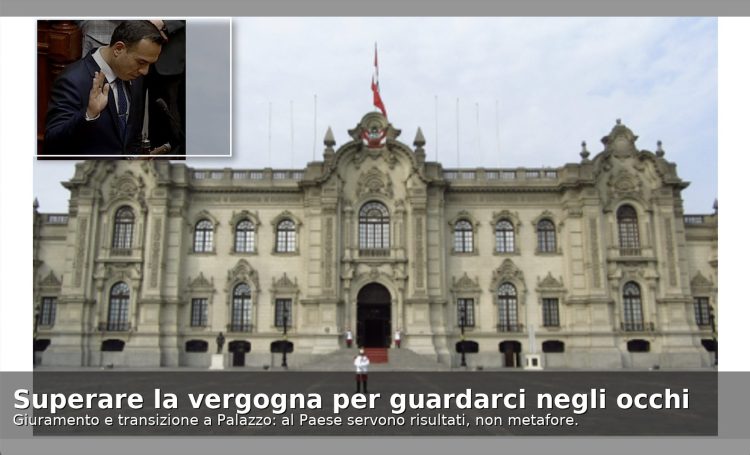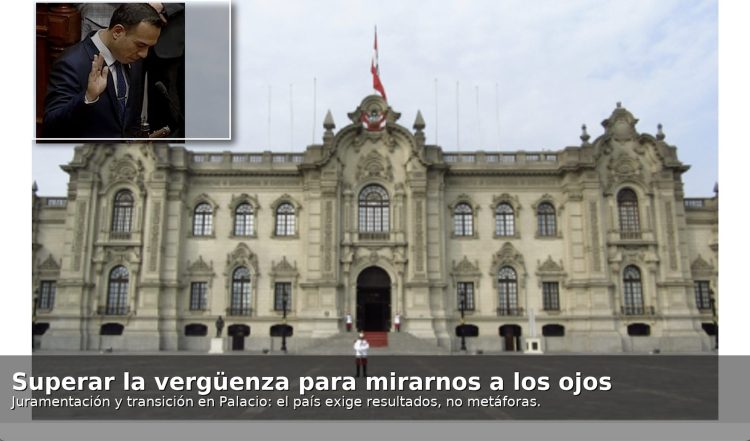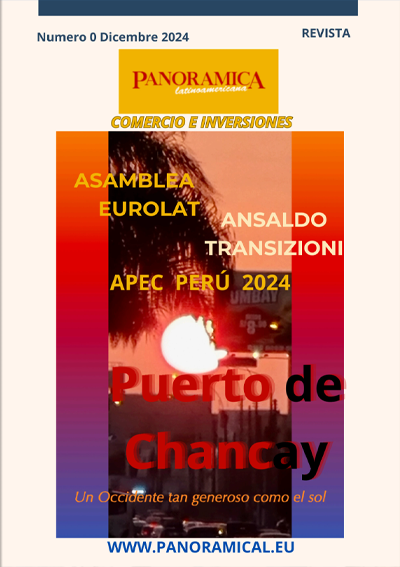The Mercosur Socio-Labour Declaration and the importance of judicial activism
La Declaración Sociolaboral del Mercosur y la importancia del activismo judicial
Mauro Pucheta, University of Kent, Reino Unido
Atahualpa Blanchet, Instituto de Estudios Avanzados, Universidad de San Pablo, Brasil
Resumen: En el marco de un desarrollo fragmentado e irregular a lo largo de la historia del Mercosur, la Declaración Sociolaboral ha sido un intento ambicioso de consagrar y proteger los derechos fundamentales de los trabajadores y, en cierta medida, de regular las relaciones laborales dentro de un proceso de integración regional. Originalmente adoptada en 1998, la declaración fue luego reformada y substancialmente mejorada en 2015. Este artículo explora cómo los organismos del Mercosur y, especialmente, los jueces nacionales a través de su activismo judicial han sorteado los obstáculos impuestos por la arquitectura institucional intergubernamental para utilizar a la Declaración Sociolaboral como un documento justiciable. Ello ha permitido que tanto los trabajadores como los ciudadanos en general puedan utilizarla para proteger sus derechos fundamentales en el marco de las relaciones laborales. Este artículo concluye que la revisión Declaración, que ya debería haber tenido lugar, debe reformar no sólo su naturaleza jurídica – a través del reconocimiento del mencionado instrumento como un protocolo adicional al Tratado de Asunción, sino que debe incluir nuevos derechos vinculados al trabajo de plataformas, y al cambio climático con especial énfasis en materia de empleo verde y políticas de transición justa.
1. INTRODUCTION: A REGIONAL LABOUR DIMENSION IN AN INTERGOVERNMENTAL SETTING
As set out in Article 1 Treaty of Asuncion (‘TA’), Mercosur, which originally prioritised its economic dimension, has pursued the unification of customs and, eventually, the establishment of the ‘Southern Common Market’ as its main goal. Unsurprisingly, there was not a regional labour dimension as such, and the founding members only a ‘safeguard clause’ in Annex IV of the TA to protect employment, which could be affected by the intra-Mercosur importations (Article 3(b)). In the same vein, the preamble to the TA stated that ‘the expansion of their domestic markets, through integration, is a vital prerequisite for accelerating their processes of economic development with social justice’ (emphasis added) (1) .
The silence of the founding treaty led the Southern Cone Trade Union Coordinating Body (‘CCSCS’ in Spanish) (2) to push for the creation of a regional labour dimension. This resulted in the adoption of the 1991 Declaration of Montevideo, which recognized that social and labour issues had to be addressed at the Mercosur level to ensure real equality in working conditions across Member States (3) Furthermore, the Working Subgroup 10 (4), consisting of representatives from governments, unions and employers’ organizations, proposed the ratification of 37 International Labour Organization (‘ILO’) conventions (5) . However, the then four Member States agreed to ratify only 12 ILO conventions (6) . Given the swift development of the economic dimension of Mercosur, trade unions raised the alarm around the possible negative effects of regional integration and, consequently, proposed the adoption of a regional social charter (7) . Although such instrument was not enacted, in 1998, the Heads of State and the Council of the Common Market (‘CCM’) – the highest political institution of Mercosur – adopted the 1998-Declaration, which constitutes the backbone of the Mercosur labour dimension (8) . The Socio-Labour Declaration (‘Declaration’ (9) ) is the most important fundamental labour rights legal instrument within Mercosur and its Member States. It was originally adopted to protect workers from the potential negative impact of the economic integration. Furthermore, it was conceived and as a barrier to the 1990s neoliberal policies adopted by national governments following the Washington Consensus (10). According to the original Article 24, the Declaration had to be revisited after two years of its adoption. However, it took seventeen years to be reformed. The 2015 revision has not only been positive from a quantitative perspective – the Declaration has gone from 25 to 34 provisions – but also from a qualitative point of view – labour rights have been strengthened (11). The recurrent use of the European Union (‘EU’) as a main source of inspiration has been one of the biggest obstacles of the development of Mercosur. It has been put forward that Mercosur should create some supranational bodies and should draw inspiration from, inter alia, the Court of Justice of the EU. This would help the South American bloc to overcome the frequent stalemates in which it has been found itself. The EU approach was conceived as the only possible way to achieve successful integration. It was ‘believed that integration could bring peace and economic development to other continents as it did in Europe’ (12). However, the EU approach is not necessarily feasible in Latin America (13). Despite the positive aspects of supranationalism, Mercosur’s institutional architecture, as developed by the TA and the Protocol of Ouro Preto (‘POP’) (14), has embraced intergovernmentalism. A regional autonomous legal order that has primacy over national law has been recognized by the Permanent Review Court (15) (‘PRC’) and by prestigious scholars (16). Nonetheless, the intergovernmental nature of Mercosur has undermined the effectiveness of Mercosur law (17). Its primacy over national law, its direct applicability direct effect depend upon each Member States legal orders (18). This has been further heightened by the Member States’ constitutional asymmetries that consider regional law differently within their legal systems (19). This imperfect legal order has been a major hurdle in both the adoption and the enforcement of the Declaration by both regional and national actors. Traditionally, despite the importance of the EU as a model, Mercosur has not pursued the path of supranationalism (20). There does not seem to be any changes that may make someone think that regional bodies, particularly the judicial ones, will be vested with supranational powers. Therefore, it is necessary to find alternative ways through which Mercosur can flourish in an intergovernmental framework. The existence of multiple overlapping regional organisations, which has sometimes been considered a negative feature of Latin American integration, has pushed Latin American countries to cooperate through intergovernmental rather than supranational organizations, where the intensity of integration is higher (21). Employment is one of the areas in which Mercosur Member States aim to cooperate, albeit not exclusively via Mercosur. The Declaration constitutes a paradigmatic example of how regional legal norms can be enforced within Member States legal orders in the current intergovernmental setting (22).
Mercosur has adopted an intergovernmental legal order in which regional bodies have reduced powers and Member States remain the main legislator and enforcement actors. Consequently, the effectiveness and impact of the Declaration depends largely on national bodies (23). This article begins by analysing the legal nature and the content of the Declaration. It then examines the ‘limited’ role of regional bodies and explores some feasible reforms to the current dispute resolution system. Furthermore, it explores the importance of national judicial activism to use the Declaration as a key legal instrument to protect workers’ rights. It concludes by identifying some possible ways forward to strengthen the Declaration as the regional bedrock that protects workers’ fundamental rights.
NOTAS:
1 RODRÍGUEZ, Tania. “Sindicalismo regional: Las estrategias de la CCSCS frente al Mercosur (1991-2017)”. En SANDOVAL CERVANTES, Daniel et al. (Eds). Derecho, lucha de clases y reconfiguración del capital en nuestra América. Buenos Aires: CLACSO, 2019. p.107-128; PLÁ RODRÍGUEZ, Américo. “Problemática de los Trabajadores en el Mercosur”. En Instituto de Derecho del Trabajo y de la Seguridad Social de la Facultad de Derecho, Universidad de la República (Cinterfor/OIT) (Ed). El Derecho Laboral del Mercosur Ampliado. Montevideo: Fundación de Cultura Universitaria, 2000, p. 1-24.
2 ‘Coordinadora de Centrales Sindicales del Cono Sur’ is an agency created in 1986 that includes the main trade unions of Mercosur Member States and Chile, whose main objective is to coordinate their activity.
3 It was signed on 9 May 1991 by the Ministers of Labour of Argentina, Brazil, Paraguay and Uruguay. PÉREZ DEL CASTILLO, Santiago. “MERCOSUR: History and aims”. International Labour Review 1993, vol.132, no 5-6, p.639-653.
4 Mercosur created in 1991 the so-called ‘Labour affairs’ Working Sub-group (SGT-11), which was later replaced by the current SGT-10 on ‘Labour affairs, employment and social security’ (1995). Its main function is to develop the Mercosur labour dimension, Mercosur/CMG/ Resolution 20/95, 03 August 1995.
5 SGT-11, Commission No 8 on Principles, Act 4/92, 27 November 1992: ILO Conventions 1, 11, 13, 14, 19, 22, 26, 29, 30, 77, 78, 79, 81, 87, 90, 95, 97, 98, 100, 105, 107, 111, 115, 119, 124, 135, 136, 137, 139, 144, 147, 151, 154, 155, 159, 162, and 167.
6 ILO Conventions 11, 14, 26, 29, 81, 95, 98, 100, 105, 111, 115, and 159. 7 RODRÍGUEZ, Tania. Op.cit., p.113; HUMMER, Waldemar. “La elaboración de una Carta de los Derechos Fundamentales del Mercosur desde una perspectiva europea”. En Anuario de Derecho Constitucional Latinoamericano. Montevideo: Konrad-Adenauer-Stiftung, 2009, p. 690-722. 8 SCHAEFFER, Kristi. “Mercosur and Labor Rights: The Comparative Strengths of Sub-Regional Trade Agreements in Developing and Enforcing Labor Standards in Latin American States”. Columbia Journal of Transnational Law. 2007, vol. 45, no. 3 p. 829-867.
9 When a distinction is necessary, the original Socio-Labour Declaration is referred to as ‘1998-Declaration’ and the revised Declaration as ‘2015-Declaration’.
10 GATHII, Thuo. “The Neoliberal Turn in Regional Trade Agreements”. Washington Law Review 2011, vol. 86, no. 3, p. 421-474; KELLOG, Paul. “Regional Integration in Latin America: Dawn of an Alternative to Neoliberalism”. New Political Science 2007, vol. 29, no. 2, p.187-209.
11 CASTELLO, Alejandro. “Revisión y Actualización de la Declaración Sociolaboral del Mercosur”. Derecho Laboral. Revista de Doctrina, Jurisprudencia e Informaciones Sociales. 2015, vol. 58, no. 260, p.637-651. 12 DRI, Clarissa. “Limits of the Institutional Mimesis of the European Union: The Case of the Mercosur Parliament”. Latin American Policy. 2010, vol. 1, no. 1, p. 52-74.
13 NOLTE, Detlef. “Regional Governance from a Comparative Perspective”. En GONZÁLEZSÁNCHEZ. Víctor M. (ed). Economy, Politics and Governance Challenges for the 21st Century. New York: Nova Science Publishers, 2016. p. 1-15.
14 Based on Article 18 TA, the POP was approved on 17 December 1994 and came into force on 15 December 1995.
15 It is the highest jurisdictional instance of Mercosur, which was implemented in 2004. PRC Award 01/05, Prohibición de importación de neumáticos remoldeados procedentes del Uruguay, 20 December 2005; PRC Award 01/07, Prohibición de importación de neumáticos remoldeados procedentes del Uruguay, 08 June 2007; PRC Advisory Opinion 01/07, Norte S.A. Imp. Exp. c/ Laboratorios Northia Sociedad Anónima, Comercial, Industrial, Financiera, Inmobiliaria y Agropecuaria s/ Indemnización de Daños y Perjuicios y Lucro Cesante, 04 July 2007; PRC Advisory Opinion 01/08, Sucesión Carlos Schnek y otros c/Ministerio de Economía y Finanzas y otros. Cobro de pesos, 25 April 2008; and PRC Advisory Opinion 01/09, Frigorífico Centenario S.A. c/ Ministerio de Economía y Finanzas y otros. Cobro de pesos. IUE: 2-43923/2007. Exhorto, 15 June 2009.
16 MATA DIZ, Jamile & JAEGER JUNIOR, Augusto, “Por uma teoria jurídica da integração regional: a inter-relação direito interno, direito internacional público e direito da integração”. Brazilian Journal International Law. 2015, vol. 12, no.2 p.139-158.
17 DABÈNE, Olivier. The Politics of Regional Integration in Latin America. New York: Palgrave, 2009; VERVAELE, John. “Mercosur and Regional Integration in South America”. International Comparative Law Quarterly. 2005, vol. 54, no. 2. p. 387-410.
18 FELDSTEIN DE CÁRDENAS, Sara & SCOTTI, Luciana. “Las asimetrías constitucionales: un problema siempre vigente en el Mercosur”. Revista de la Secretaría del Tribunal Permanente del Revisión 2013, vol. 1, no. 2, p.271-311; HUMMEL, Felix & LOHAUS, Mathis. “MERCOSUR: Integration through presidents and paymasters”. En BORZEL, Tanja et al. (ed), Roads to regionalism: genesis, design, and effects of regional organisations. Farnham (England): Ashagte, 2012, p.50-80.
19 See: Constitution of Argentina, Article 75, s (22)-(24); Constitution of Paraguay, Articles 141 and 145; Constitution of Venezuela, Art. 153; Constitution of Brazil, Articles 4 and 5; and, Constitution of Uruguay, Article 6. See: PEROTTI, Alejandro. Habilitación constitucional para la integración comunitaria. Montevideo: Konrad-Adenauer-Stiftung, 2004; FELDSTEIN DE CÁRDENAS, Sara & SCOTTI, Luciana. Op. cit. p. 271.
20 THEODORO LUCIANO, Bruno & SANCHES SIQUEIRA CAMPOS, Bruno. “Supranationalism as a Taboo: Analysing the 30 Years of Mercosur’s Institutional Development”. Brazilian Journal of International Relations. 2021, vol. 10, no. 1, p. 102-124.
21 BIANCULLI, Andrea. “Regionalismo e integración regional en América Latina. El Mercosur: ¿un ‘nuevo’ espacio para la regulación social?”. Documentos de Trabajo 42/2021, Fundación Carolina; GÓMEZ-MERA, Laura. Power and Regionalism in Latin America: The Politics of MERCOSUR. Notre Dame: University of Notre Dame Press 2013.
22 For a doctrinal analysis of the Declaration, see: ARESE, César. “Crítica de la nueva Declaración Sociolaboral del Mercosur”. Derecho Laboral. Revista de Doctrina, Jurisprudencia e Informaciones Sociales. 2015, vol. 58, no. 260, p. 555-568; CASTELLO, Alejandro. Op.cit., p.637; LOPES RIBEIRO DA SILVA, Walküre. “Carta dos Direitos Fundamentais da União Europeia e Declaraçao Sociolaboral do Mercosul: origen, natureza jurídica e aplicabilidade”. Revista da Faculdade de Direito da Universidade de São Paulo. 2014, no. 109, p.349-387; MALM GREEN, Lucas. “Eficacia Jurídica de la Declaración Sociolaboral del Mercosur”. Hologramática. 2008, vol. 8, no. 2, p.95-106; MANSUETI, Hugo. “La Declaración Socio-laboral del Mercosur. Su importancia jurídica y práctica”. Tesis de doctorado. Universidad Católica Argentina, Buenos Aires, 2002.




